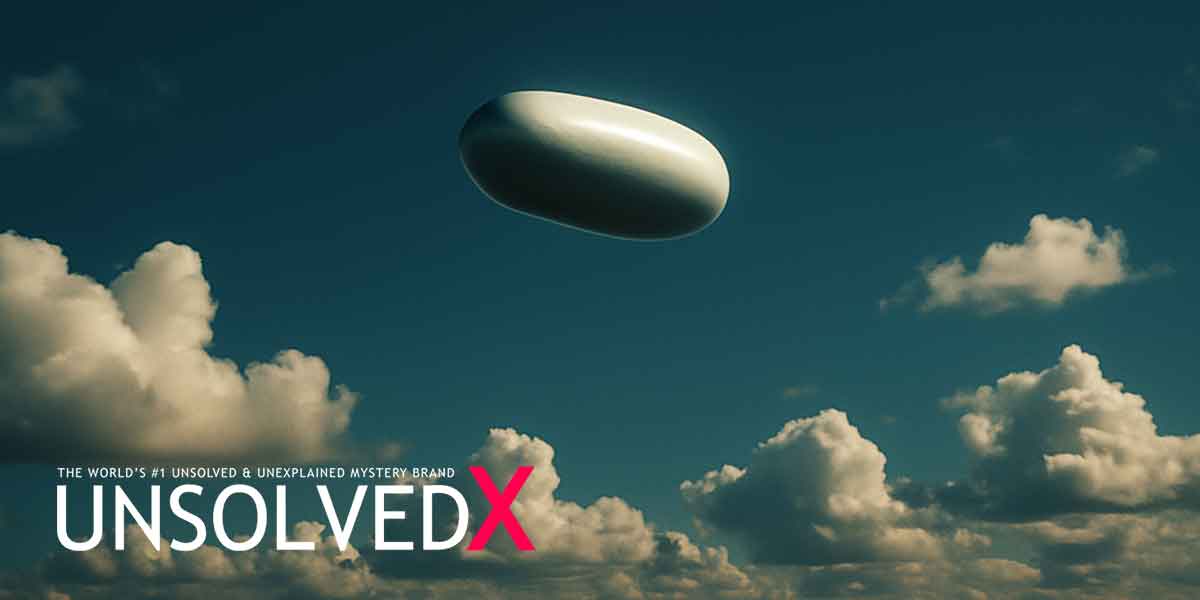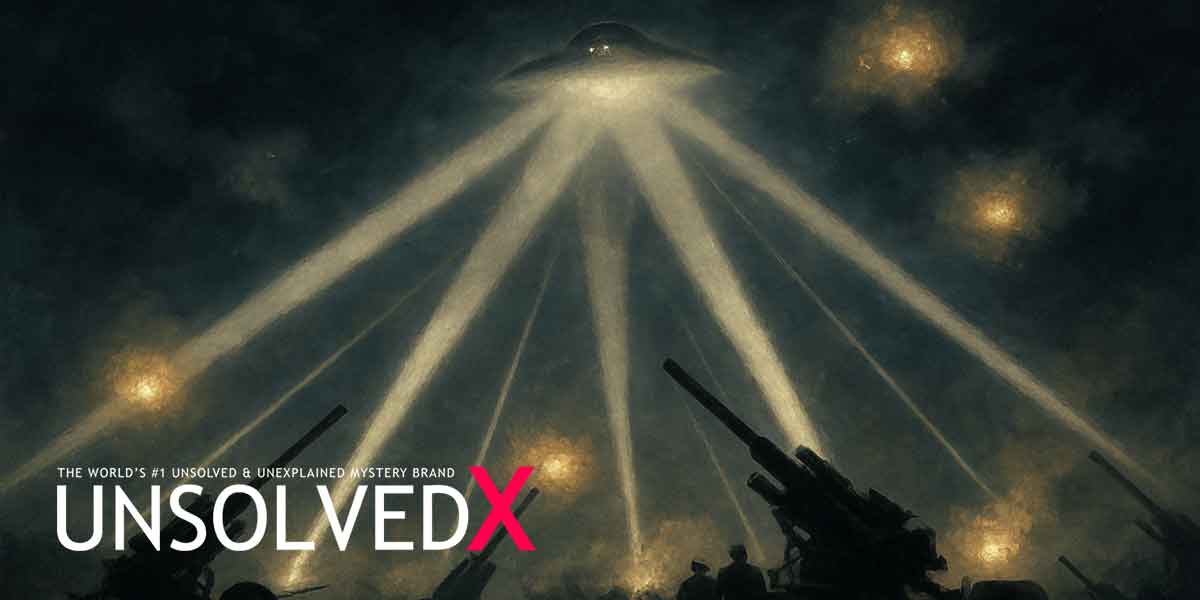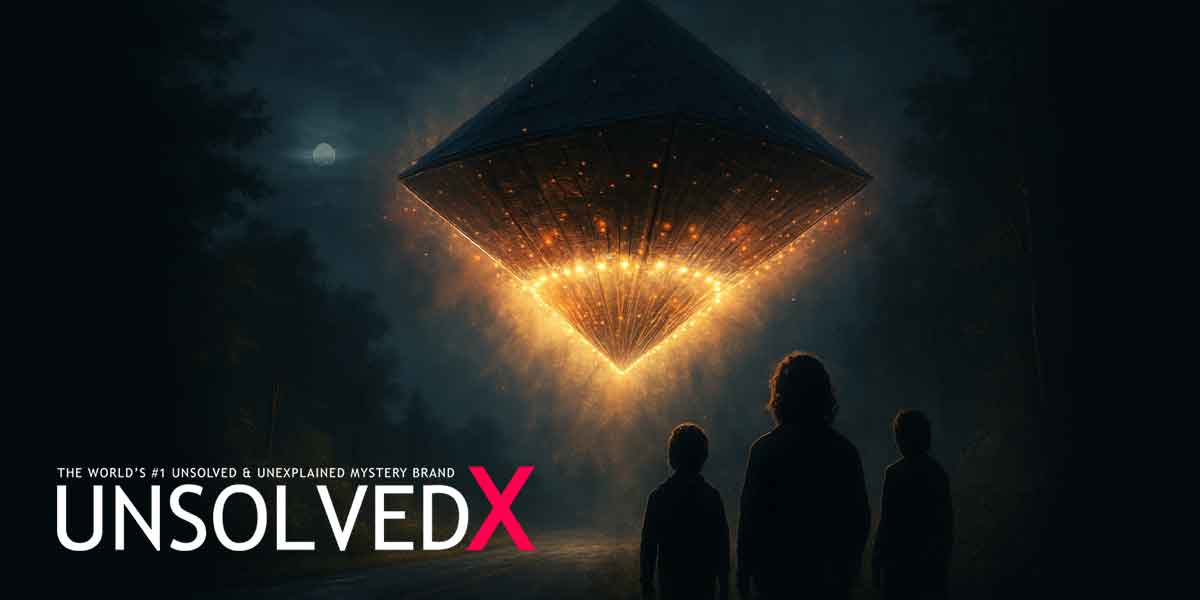The Kenneth Arnold UFO Sighting: A Pivotal Moment in Modern Ufology
On June 24, 1947, Kenneth Arnold, a seasoned private pilot and businessman from Boise, Idaho, was flying his CallAir A-2 from Chehalis to Yakima, Washington, when he witnessed something extraordinary near Mount Rainier. At approximately 3:00 p.m., Arnold spotted nine gleaming objects moving in a formation at an estimated speed of over 1,200 miles per hour—far surpassing the capabilities of any known aircraft at the time. His description of their erratic motion, likened to “a saucer skipping across water,” inadvertently birthed the term “flying saucer,” a phrase that would captivate the public imagination and mark the dawn of the modern UFO era. This sighting, widely regarded as the first major UFO event in the United States, triggered a wave of similar reports and fueled a cultural fascination with extraterrestrial possibilities. Arnold’s credibility as a pilot with over 4,000 hours of flight experience lent significant weight to his account, making it a cornerstone of UFO history.
The immediate aftermath of Arnold’s sighting was a media frenzy. His report to the East Oregonian newspaper, where he spoke with reporters Bill Bequette and Nolan Skiff, was picked up by the Associated Press, rapidly spreading nationwide. Contrary to popular belief, Arnold did not initially describe the objects as “saucer-shaped” but rather used terms like “crescent,” “disk,” or “pie-pan” to depict their shape, emphasizing their motion over their form. A 1970 study by Herbert Strentz, cited by UFO historian Jerome Clark, suggested that the term “flying saucer” likely originated from an editor or headline writer, not Arnold himself, who later claimed he was misquoted. This miscommunication, however, cemented the phrase in popular culture, and within weeks, over 850 UFO sightings were reported across North America, as noted by the CNA. The U.S. military, initially dismissive, soon took notice, laying the groundwork for formal investigations like Project Sign.
The Details of the Encounter
Arnold’s account is rich with specifics that have been scrutinized by researchers, skeptics, and enthusiasts alike. Flying at an altitude of 9,200 feet, he was searching for a downed U.S. Marine Corps C-46 transport plane, motivated by a $5,000 reward. Clear skies and light winds provided optimal visibility, and Arnold, an experienced member of an Idaho search-and-rescue unit, was alert and focused. As he circled near Mount Rainier, a sudden bright flash startled him, initially leading him to suspect a nearby aircraft, possibly a military P-51 or a Douglas DC-4 airliner. However, he quickly ruled these out as he observed nine objects in a “diagonally stepped-down, echelon formation,” stretching over five miles, as documented in Ted Bloecher’s 1967 Report on the UFO Wave of 1947. Each object was approximately 100 feet in diameter, circular with a crescent or boomerang-like profile, and lacked a discernible tail. Their movement was peculiar—flipping, banking, and weaving side-to-side, resembling “the tail of a Chinese kite,” Arnold later recounted.
Timing their passage from Mount Rainier to Mount Adams, Arnold calculated their speed at 1,200 to 1,700 mph, a figure that stunned him, as no aircraft in 1947 could achieve such velocities. The objects moved in unison, reflecting sunlight with intense flashes that Arnold compared to an “arc light.” His detailed report to the U.S. Air Force in July 1947 included a drawing resembling the heel of a shoe, with a rounded leading edge and a shallow, pointed trailing edge, akin to the experimental Vought V-173 Flying Pancake, though no such aircraft were operational in the region. The sighting lasted about two and a half minutes before the objects disappeared south over Mount Adams. Corroborating his account, a prospector on Mount Adams reported seeing similar objects at the same time, bolstering Arnold’s credibility, as noted by the History Channel. This independent witness, combined with Arnold’s reputation, prompted serious consideration from military investigators, despite their eventual conclusion that he had seen a mirage.
The Kenneth Arnold sighting was not an isolated event but a catalyst for the modern UFO phenomenon, directly influencing subsequent incidents like the Roswell crash in July 1947, which remains a cornerstone of UFO lore. Arnold’s report prompted the U.S. Air Force to launch Project Sign in 1947, which evolved into Project Grudge and later Project Blue Book, the longest-running official UFO inquiry, compiling over 12,000 sightings by 1969. A September 1947 intelligence estimate by General Nathan Twining concluded that the “saucers” were real and warranted formal investigation, reflecting the government’s initial concern, as detailed in Wikipedia. Arnold himself became a reluctant celebrity, receiving 10,000 letters and constant media attention, as his daughter later recalled. By July 7, 1947, he publicly entertained the possibility of extraterrestrial origins, citing fan mail suggesting the objects were “visitations from another planet,” according to Associated Press reports. His later experiences, including seven additional sightings—one involving a transparent, jellyfish-like object—led him to propose a “space animal” hypothesis in 1955, suggesting UFOs might be atmospheric organisms, a theory he elaborated on in his 1952 book, The Coming of the Saucers, co-authored with Raymond A. Palmer.
Skeptics have offered various explanations for Arnold’s sighting. Some, like Philip J. Klass, argued he may have seen meteors, while James Easton suggested pelicans, noting their large wingspans and reflective undersides could mimic the described objects. Donald Menzel, a Harvard astronomer, proposed mirages caused by temperature inversions over the Cascade valleys, a theory supported by physicist Bruce Campbell, who calculated the objects’ speed as stationary, implying an optical illusion. However, these explanations struggle to account for the formation’s coordinated movement and Arnold’s detailed observations, as Martin Shough, a respected UFO researcher, noted in his analysis. The sighting remains unresolved, with Arnold steadfastly defending his account until his death in 1984, famously stating to the Seattle Times in 1977, “I saw what I saw.” Its cultural impact is undeniable, inspiring films like The Flying Saucer (1950), the first cinematic depiction of a UFO, and fueling decades of speculation, from The Flying Saucer (1950)Area 51 conspiracies to The X-Files. The Lewis County Historical Museum’s exhibit on Arnold’s sighting, as described by Curious Historian, underscores its enduring fascination, ensuring that this mystery continues to captivate and challenge our understanding of the skies.










Comments
Comments section coming soon!